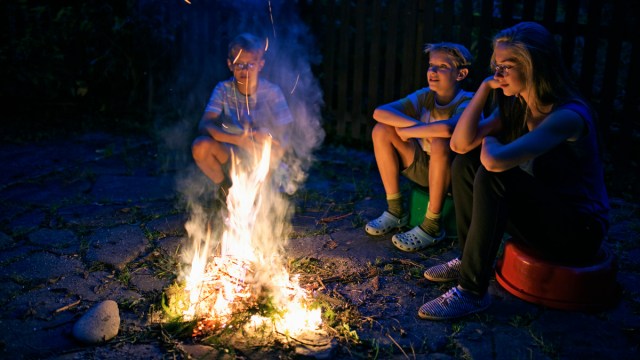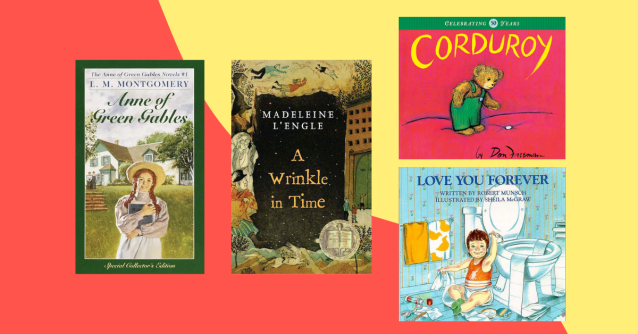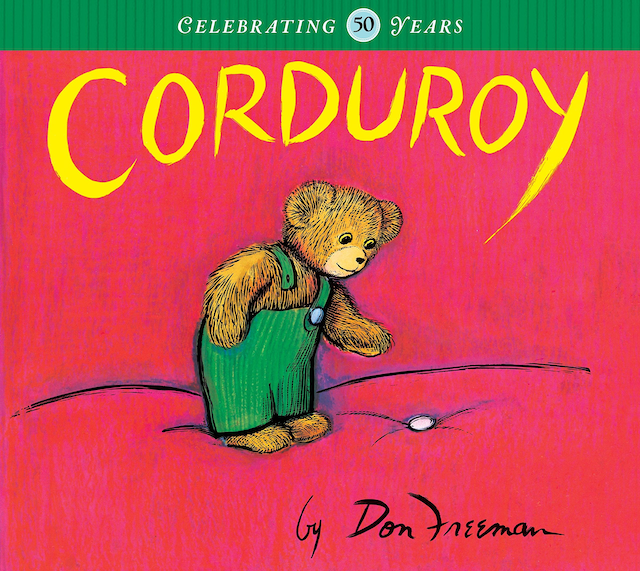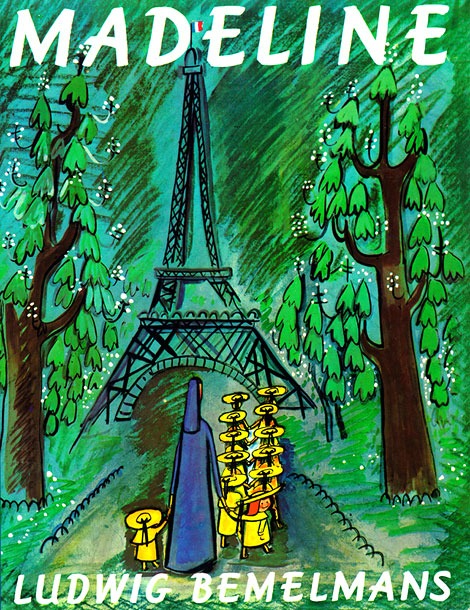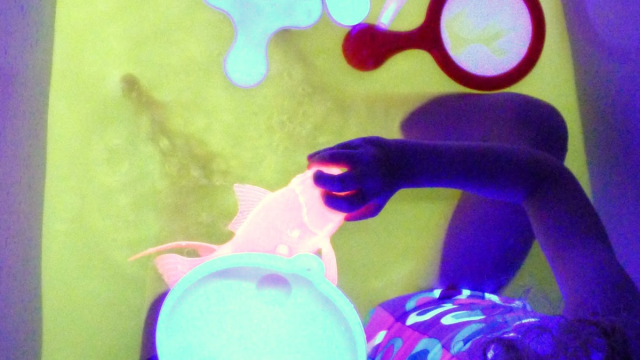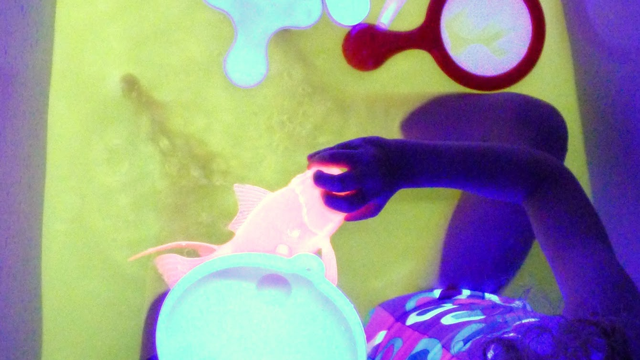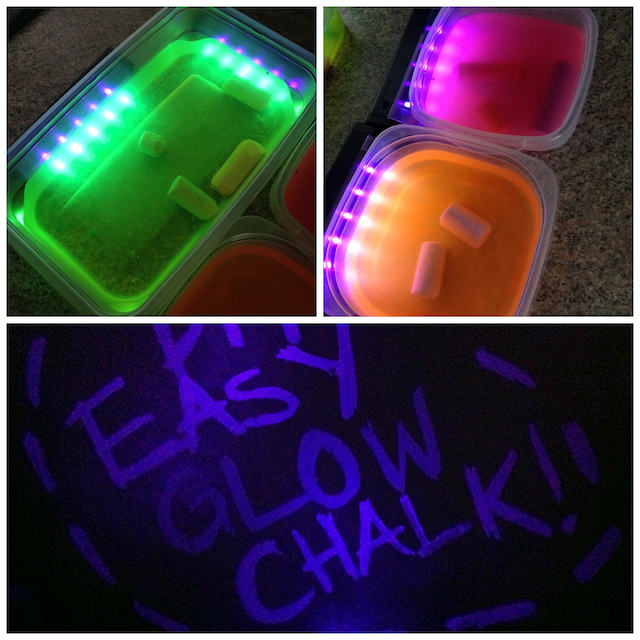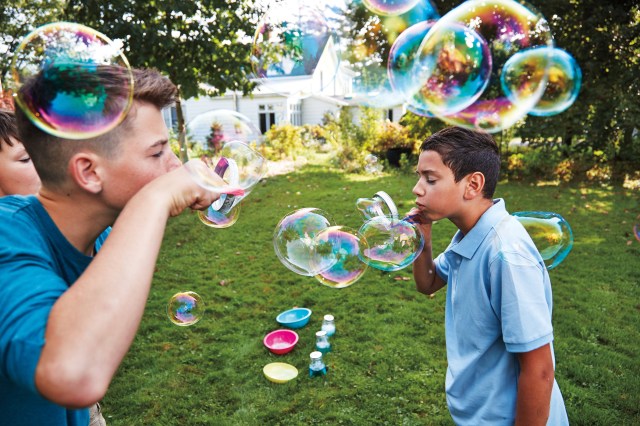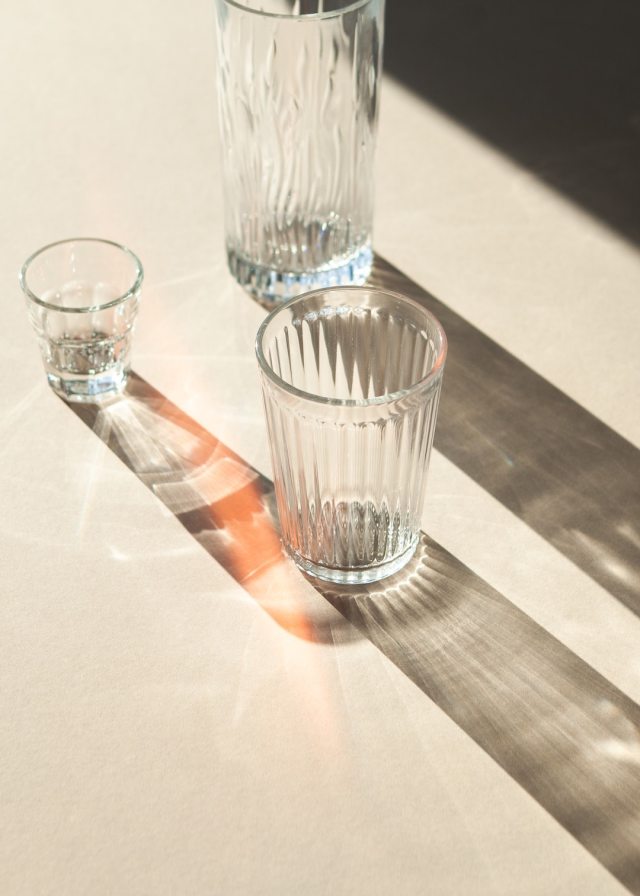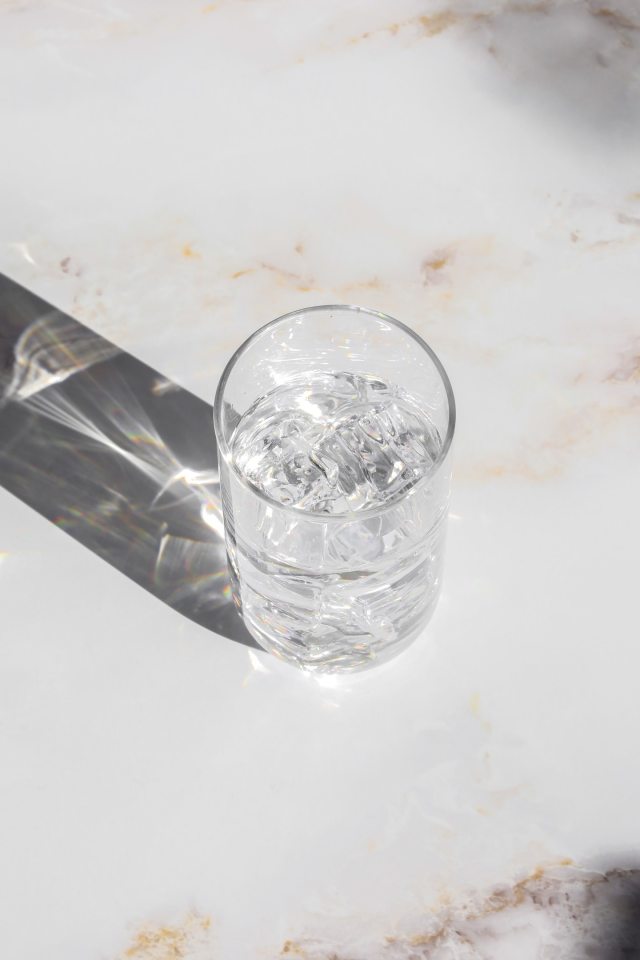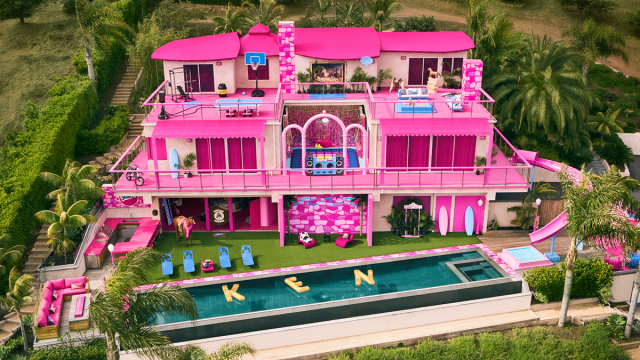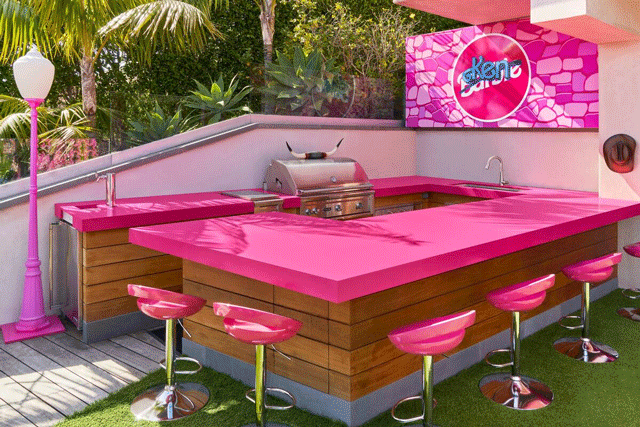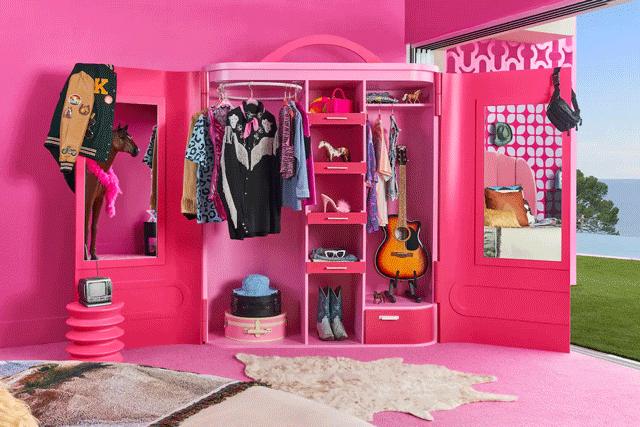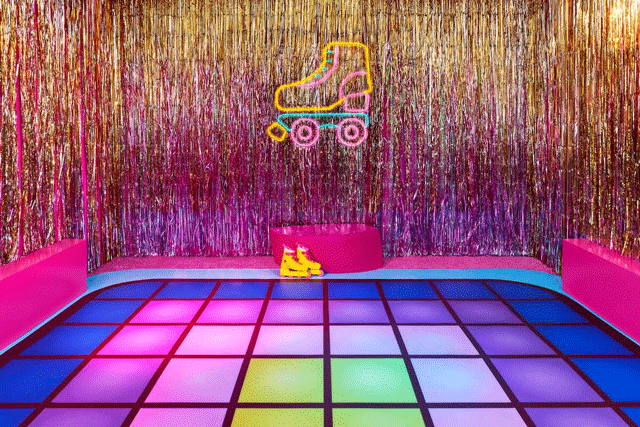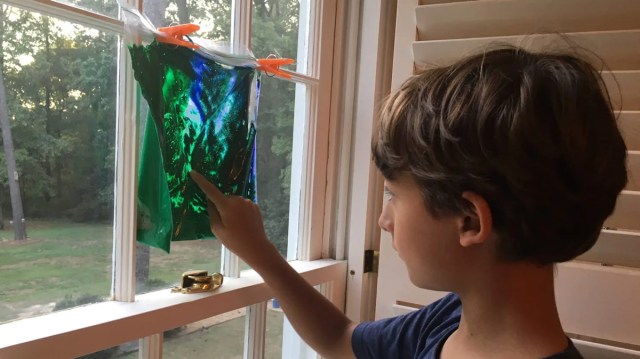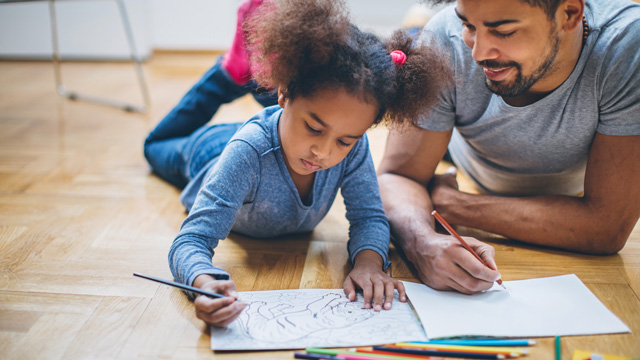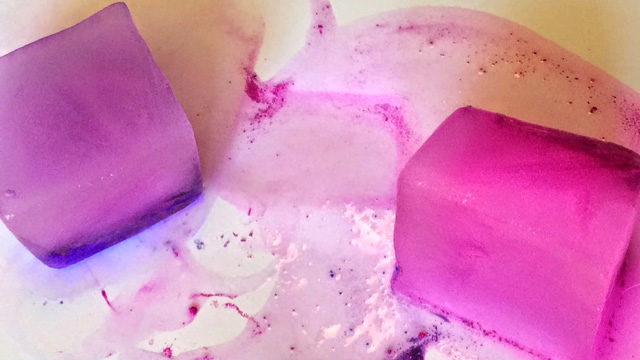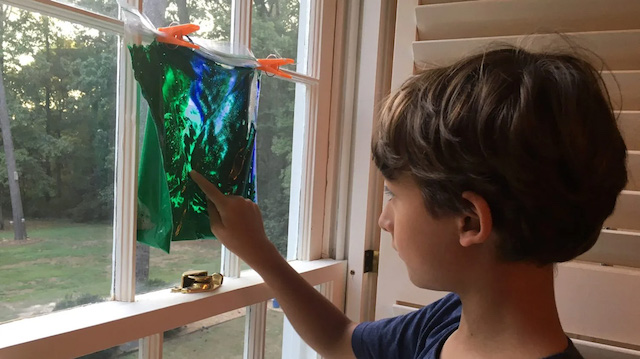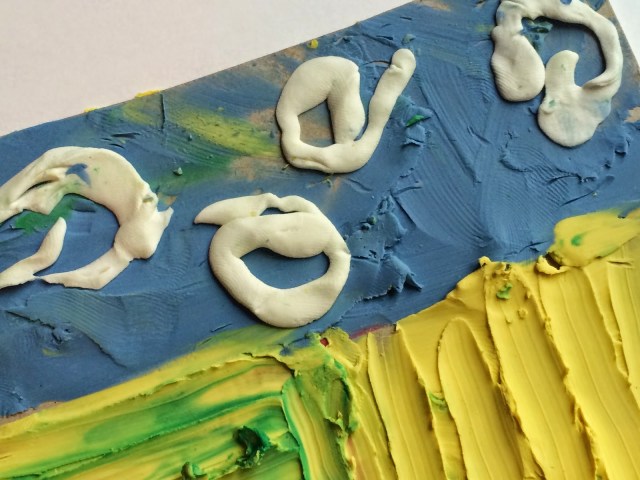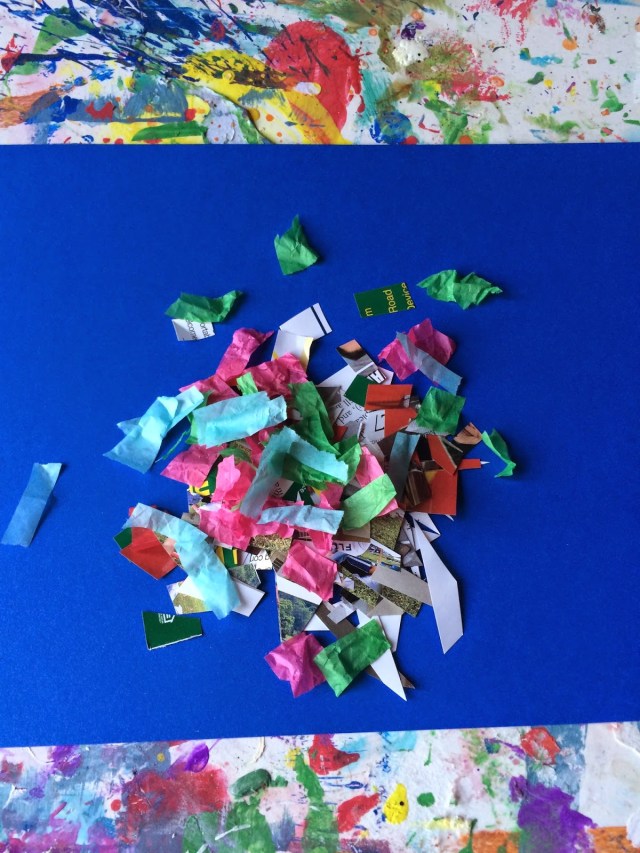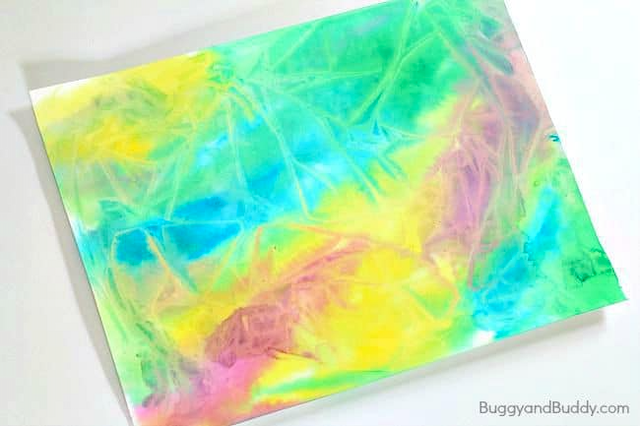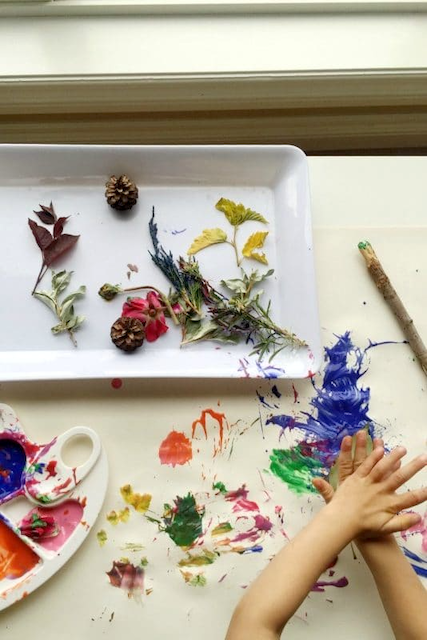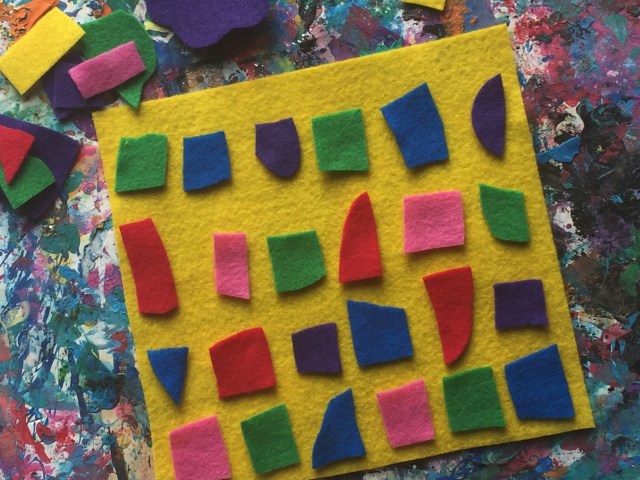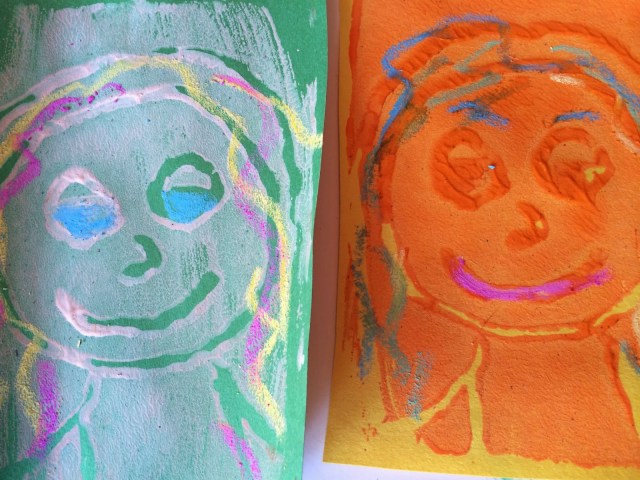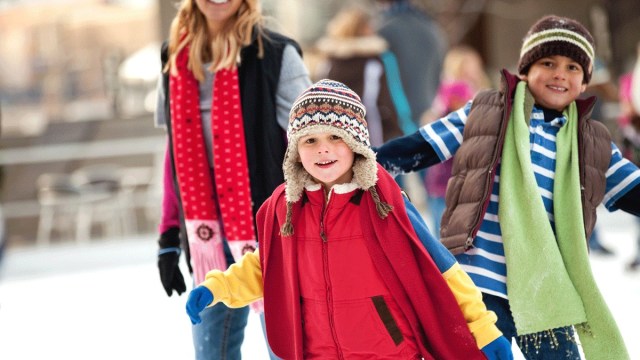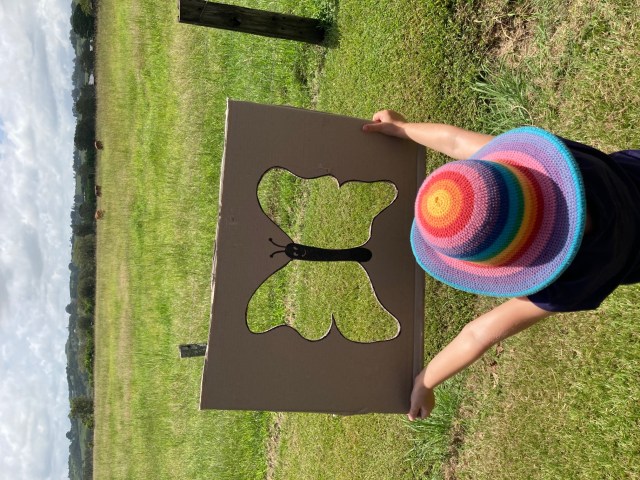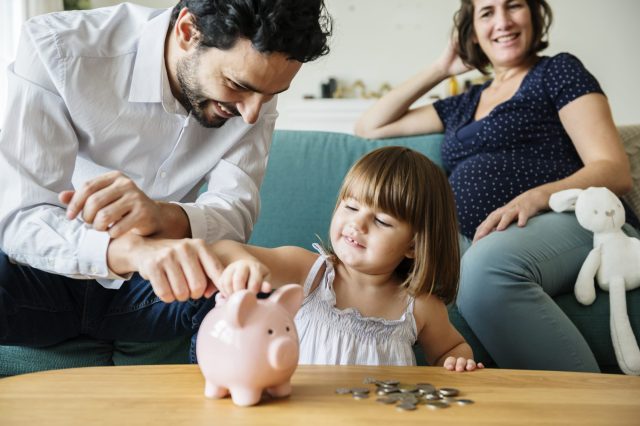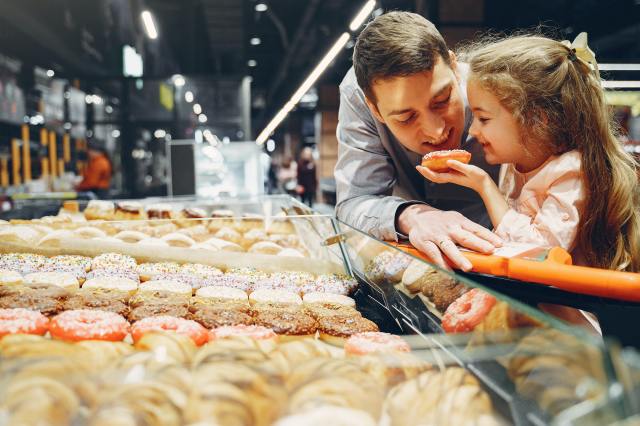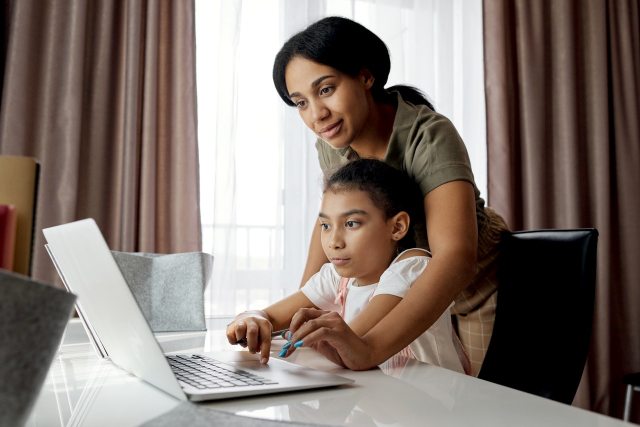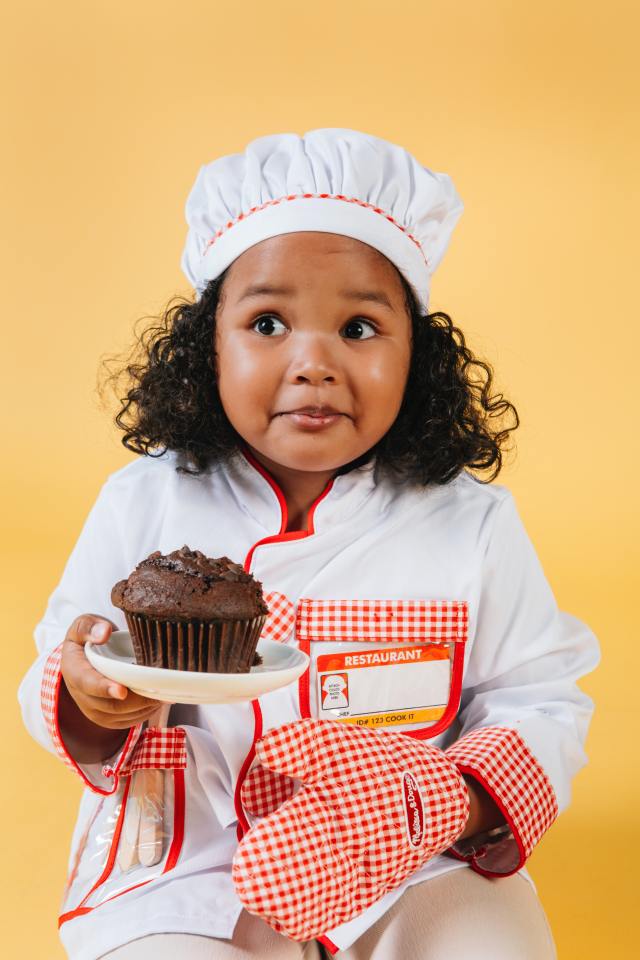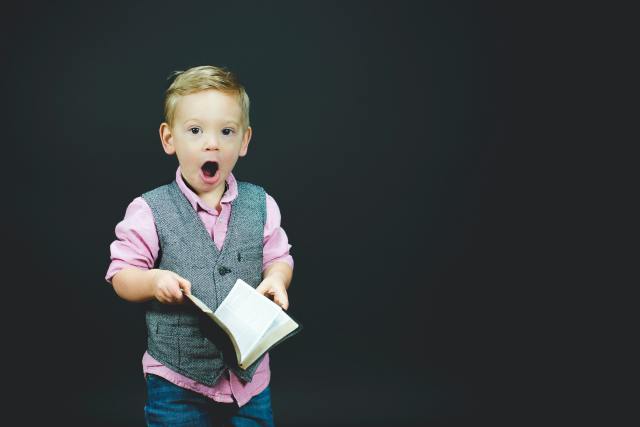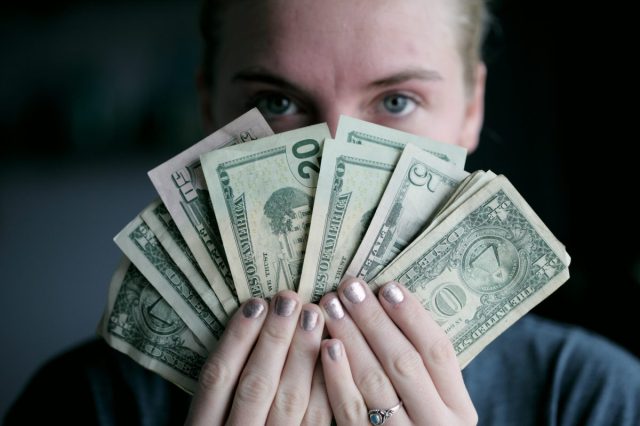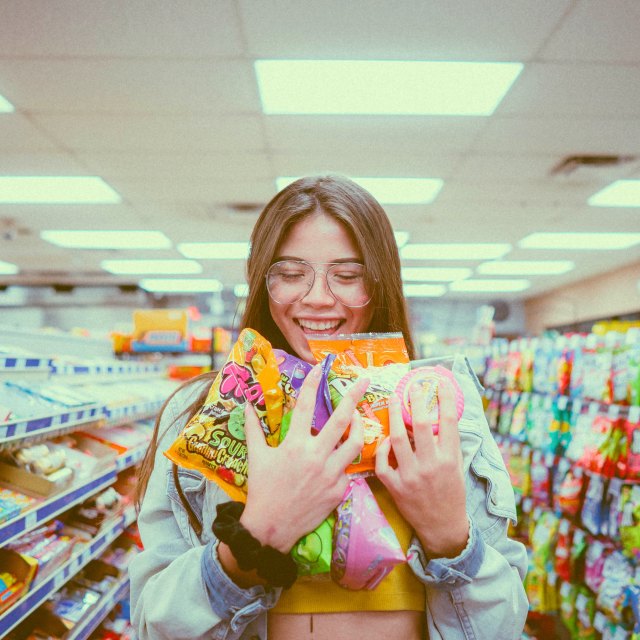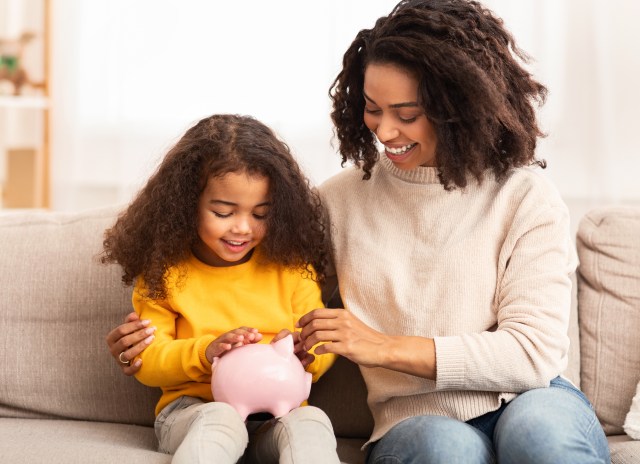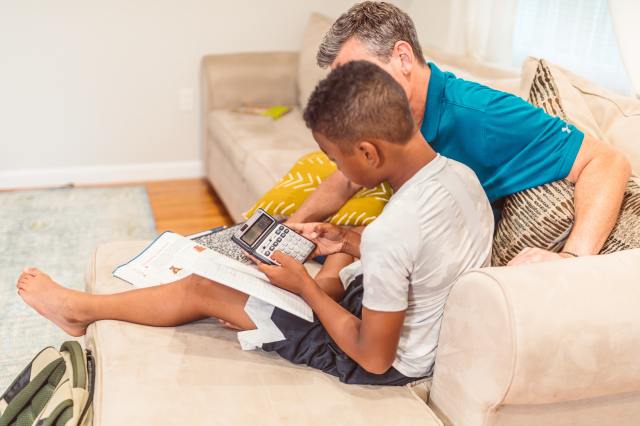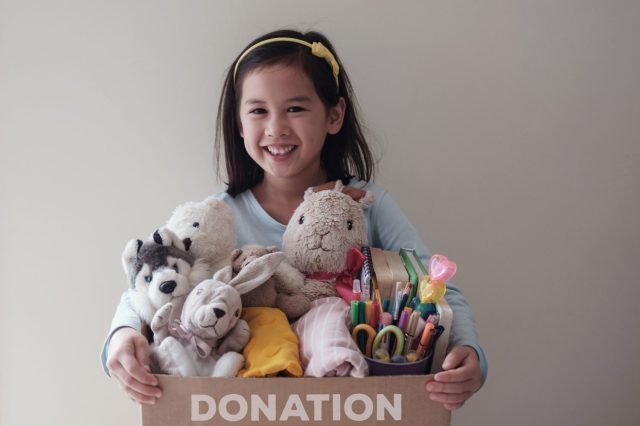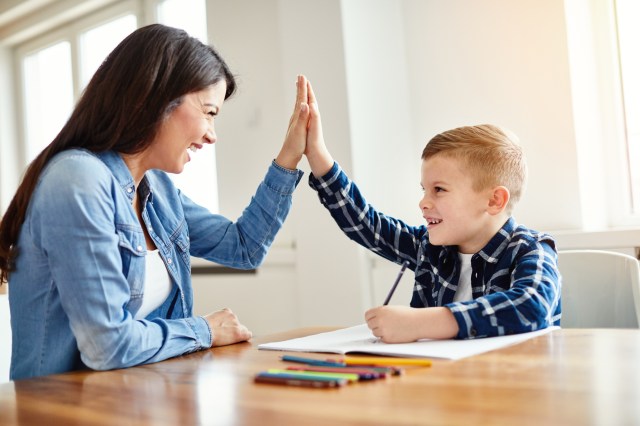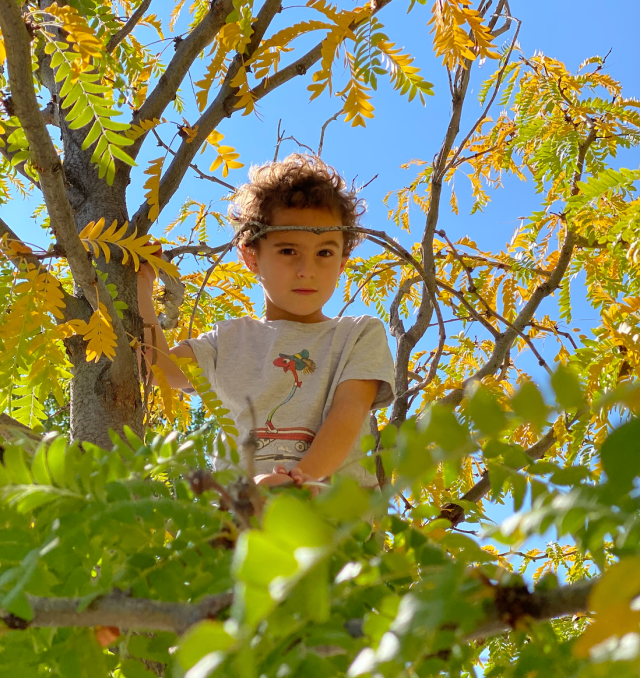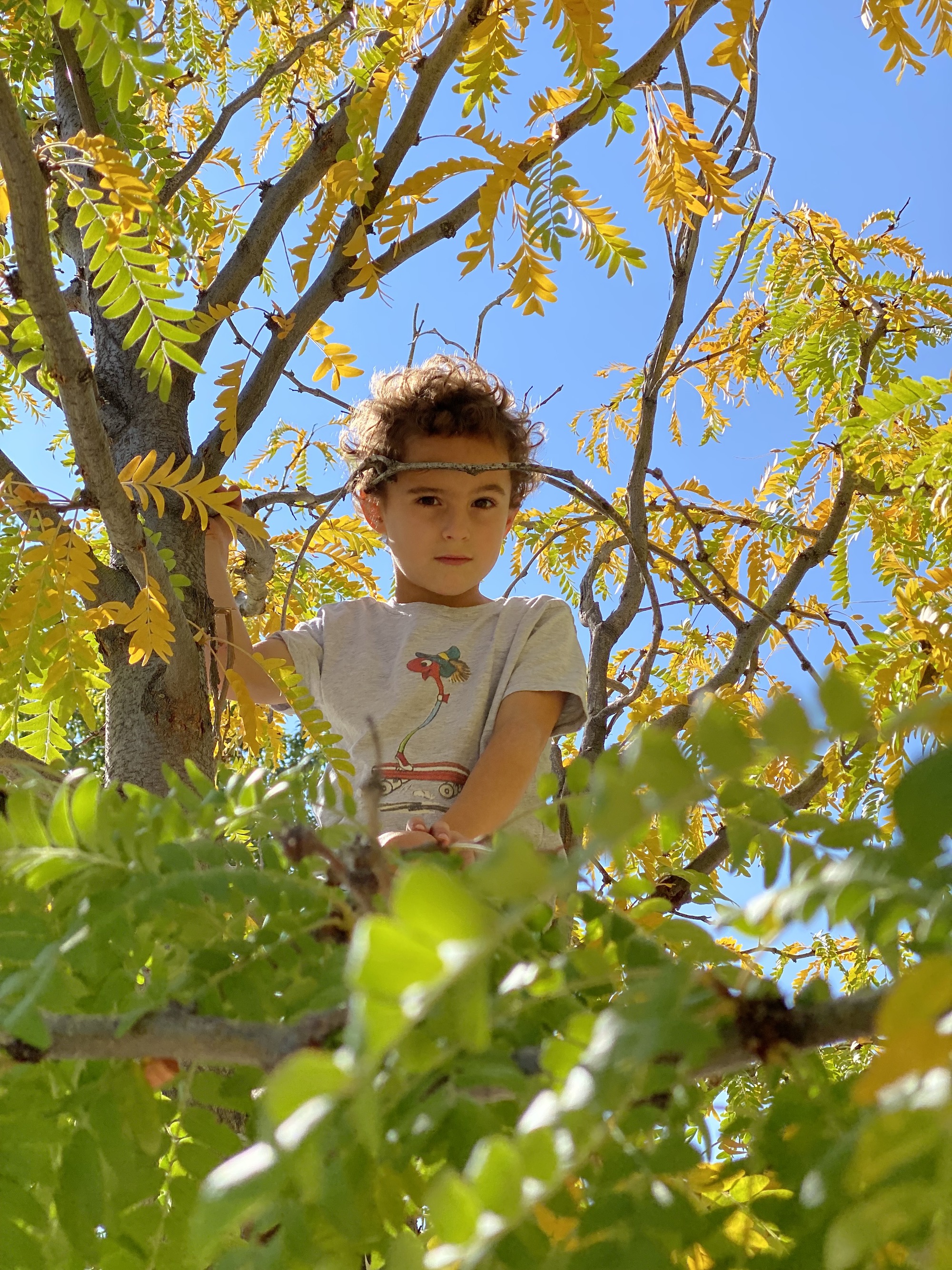These funny and spooky ghost stories for kids keep that eerie vibe going through the night
There’s nothing like telling ghost stories over a campfire or at a sleepover. Of course, we don’t want your little ones to be scared during this special bonding time, so we’ve rounded up 30 scary stories for kids that will leave your little ones laughing instead. Curious about other ways to keep the mood creepy but cute? Try out some DIY magic potions, or watch a few scary movies for kids
Ghost Stories for Younger Kids

Sneakers — Ready for a scary story about a pair of stinky shoes? This not-so-scary story is a great one to tell around the campfire.
The Ball Pit — While those pits full of plastic balls are some parents' worst enemies, this story isn't quite scary, but it has a spooky twist for kids to enjoy.
Dem Bones — A colorful skeleton band and the illustrated book teaches kids about anatomy, rhyme, and language through this traditional African-American spiritual song.
The Ghost of the Bloody Finger — With blood, fingers, and ghosts, you'd think this story is too much for the young camper. But rest assured—it's a great way to introduce scary stories to kiddos.
Tommy Knockers — The ghosts of California miners are featured in this story that has a twisted and silly ending.
Underpants — This ghost keeps haunting his former wife because he has an important message for her. But what happens when she's too afraid to talk with him?
Yellow Ribbon — Jane and Johnny fall in love, but Jane can't forget the feeling of a yellow ribbon around her neck. One day, she tells Johnny to untie the ribbon, and the kids won't believe what happens next.
Rap, Rap, Rap - A little old lady doesn't believe the rumors about her house being haunted. But then, one night, she hears a mysterious sound coming from downstairs. She follows the sound and what she finds is more silly than scary! Be sure to draw this one out with somewhat spooky sound effects.
The Hairy Toe — What happens when an old woman finds a hairy toe in the woods and decides to eat it? You'll be surprised to find out, and we promise a laugh too.
The Lady with the Emerald Ring — This scary story has a happy ending when a woman returns from the dead because her husband has summoned her back.
The Open Window — A little girl tells a neighbor a spooky story, but the prank is on her.
The Pink Jellybean — How is a story about a pink candy haunted? You'd be surprised to find out about the spooky aspects of where this jelly bean lives.
Magic Castle — A curious woman decides to check out a magic castle at midnight, despite being warned to stay away. Yet she keeps going further and what she finds is a big surprise.
Related: Want to Hear a Ghost Story? Ask Alexa
Scary Stories for Older Kids

Cow's Head — This ghost story is a twist on the classic "Cinderella." Young Oksana is tasked by her evil stepmother to go into the woods and find food. She encounters a spirit in a cow's head, and the rest is up to you to read.
The Coffin — This tale is about a haunted coffin that chases a camper. But rest assured, it's defeated in the funniest of ways.
Thing at the End of the Bed — One day, an old man sees something spooky at the end of his bed. But he's surprised to discover what lies at his feet.
The Thirteenth Floor — This ghost story is a little bit scarier than the others on the list! Find out why most buildings don't have a 13th floor according to this tale of a Halloween party gone wrong.
The Knife in the Grave — When two friends decide to make a bet about who is most scared, they learn a lesson about how fear is often just in your head.
The Shrunken Head — This story is more than a little eerie, so save it for the older kiddos!
Fifty-Cent Piece — A couple is traveling home in a carriage when they have to stop at a house for the night. Before leaving the next day, they're given a fifty-cent piece, and what happens afterward is a spooky tale that won't leave kids scared.
Ghost Ship of Captain Sandovate — A group of pirates learn a valuable lesson after they dehydrate their captain to death. After their ship sinks, it becomes haunted and the sailors end up needing water.
Golden Hand — When a man tries to marry a woman with a golden hand, he then decides to poison her to get the gold for himself. It works, but he learns a valuable lesson and pays a price in the process.
The Flying Dutchman — You might recognize the name from "The Pirates of the Caribbean," but there's a real story to be told. Word has it that this ghost ship has been unable to make port, doomed to sail the seas for eternity.
The Purple Gorilla — Nothing sounds scarier than a huge purple gorilla that's hunting people. But in reality, this beast isn't that scary after all.
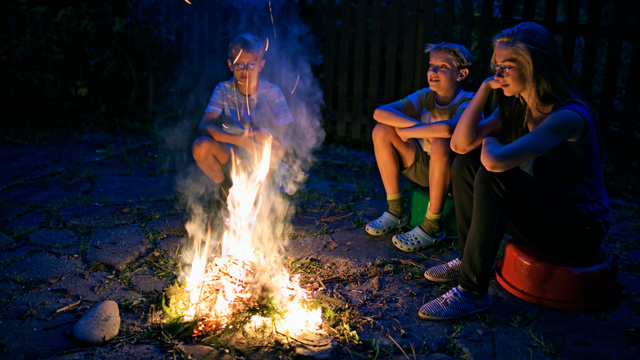
The Wendigo - Originating from Native American legend, this scary story tells the tale of how a monstrous creature came to be in existence.
The Guitar Player - This story is about a man who plays guitar and encounters a man who asks to play his guitar, but is it a man?
The White Cap - This one is a spooky story about a fearless girl who has an encounter with a ghost, but it does not end expectedly.
Blue Hands - Your kiddo will find this story freaky at the very least! Find out what happens to Jose when he meets a figure with glowing blue hands.
The Hitchhiker - A classic ghost story for kids about a mysterious girl who gets picked up late a night. This one is fun to embellish or make your own.
Something Was Wrong - This ghost story about a man who doesn't know he's a ghost is suitable for older kids because a little bit of gore is included!
